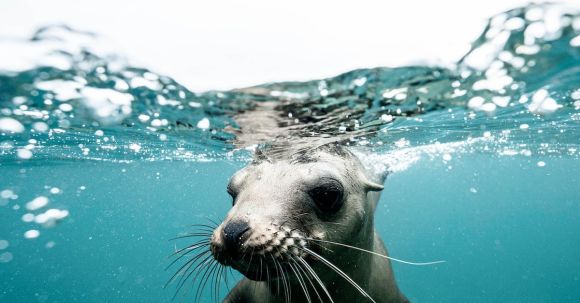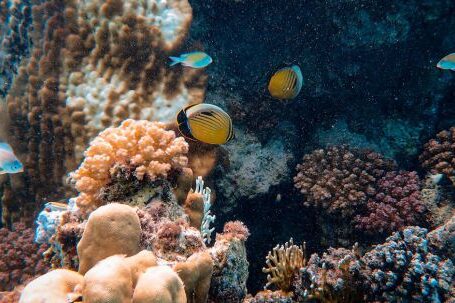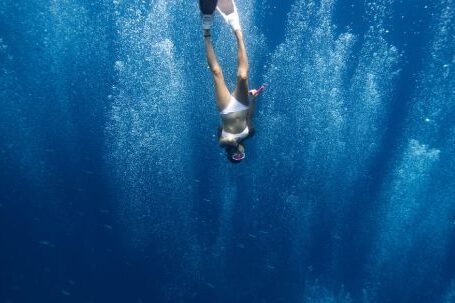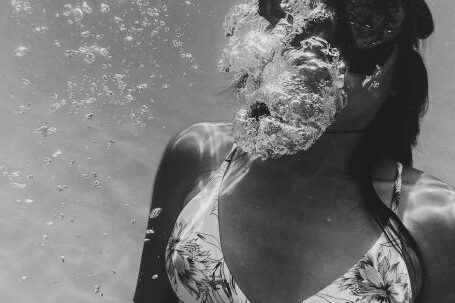Underwater footage has the incredible ability to captivate viewers with its mesmerizing beauty. Whether you’re a professional filmmaker or an amateur enthusiast, editing underwater footage requires a different approach compared to editing regular videos. To help you create jaw-dropping videos, we have compiled a list of essential tips for editing underwater footage.
Understanding the Challenges of Underwater Footage
Before diving into the editing process, it’s important to understand the unique challenges that come with underwater footage. The water’s distortion, low light conditions, and color cast can significantly affect the overall quality of the footage. Therefore, it is crucial to address these challenges during the editing process to enhance the final product.
Color Correction and Color Grading
One of the key aspects of editing underwater footage is color correction and color grading. Due to the water’s natural color cast, your footage may appear blue or green. To fix this, you can use color correction tools to restore the natural colors of the underwater environment. Adjust the white balance, saturation, and contrast to achieve a more vibrant and realistic look.
In addition to color correction, color grading can also play a significant role in enhancing the overall mood and atmosphere of your footage. Experiment with different color grading techniques to create a visually stunning video that evokes the desired emotions.
Utilizing Slow Motion
Underwater footage often has a mesmerizing quality that can be further enhanced by utilizing slow-motion effects. Slow-motion shots can add a sense of tranquility and grace to your videos, allowing viewers to appreciate the intricate details of the underwater world. Use slow-motion strategically to highlight important moments, such as a school of fish swimming by or a diver gracefully gliding through the water.
Adding Atmospheric Sound Effects
To fully immerse your viewers in the underwater experience, it’s essential to pay attention to sound design. The right choice of atmospheric sound effects can enhance the overall impact of your footage. Consider adding the sounds of bubbles, underwater currents, and marine life to create a more authentic and immersive audio experience.
Seamless Transitions
Transitions are an essential element of any video editing process, and underwater footage is no exception. Experiment with various transition effects to create seamless cuts between shots. Smooth transitions can maintain the flow and continuity of your video, making it visually appealing and engaging for the viewers.
Music Selection
Music plays a crucial role in setting the tone and enhancing the emotional impact of your videos. When selecting music for your underwater footage, opt for tracks that complement the visuals and evoke the desired emotions. Ambient, ethereal, or calming music can help create a sense of tranquility and wonder, enhancing the overall viewing experience.
Experiment with Different Angles and Perspectives
Underwater footage offers a unique opportunity to capture shots from different angles and perspectives. Use this to your advantage during the editing process by experimenting with different camera angles and perspectives. Mix wide shots, close-ups, and point-of-view shots to create a visually dynamic and captivating video.
Incorporating Text and Graphics
Text and graphics can be used to provide additional information or context to your underwater footage. Add captions, titles, or overlays to highlight specific marine species, geographical locations, or interesting facts. However, make sure not to overwhelm the visuals with an excessive amount of text, as it can distract from the main focus of the footage.
In conclusion, editing underwater footage requires a careful approach to overcome the challenges posed by water distortion, low light conditions, and color cast. By applying the tips mentioned above, such as color correction, slow-motion effects, atmospheric sound design, seamless transitions, well-selected music, experimentation with angles, and the incorporation of text and graphics, you can create jaw-dropping videos that capture the mesmerizing beauty of the underwater world. So, dive in and start editing your underwater footage to amaze and inspire your audience.





